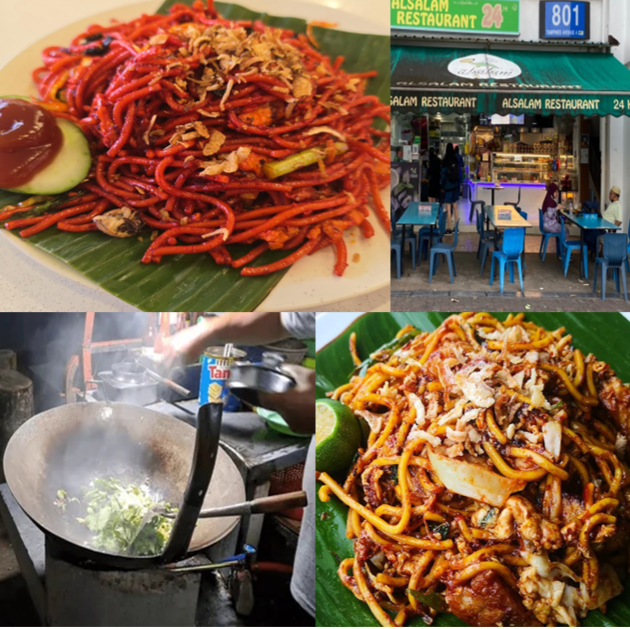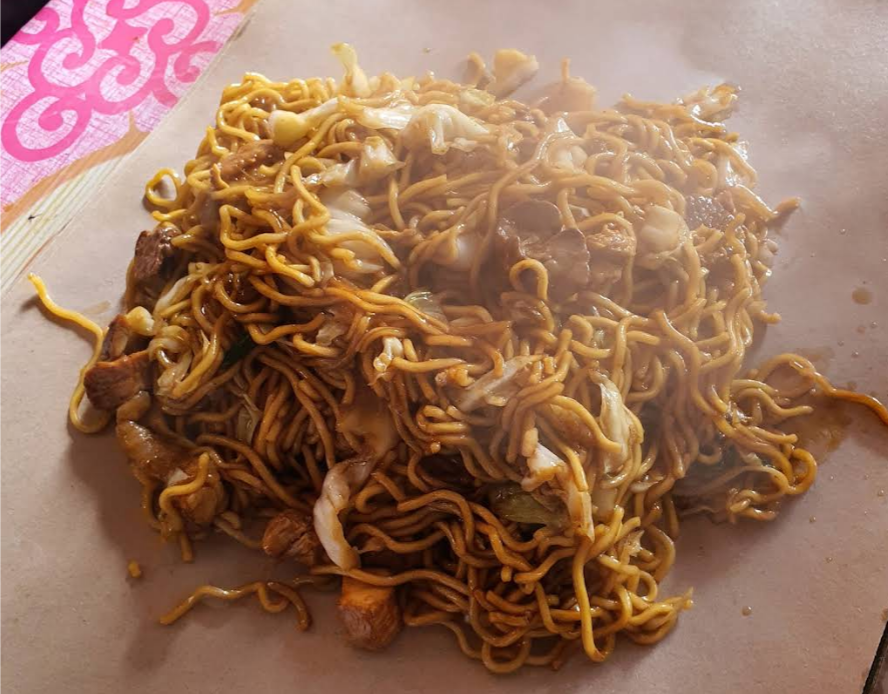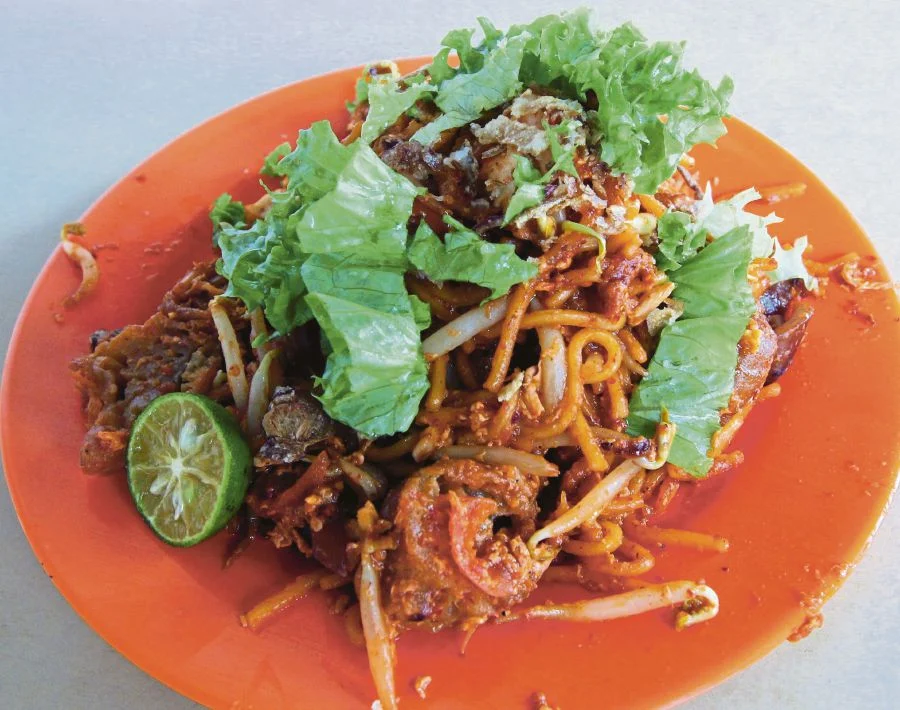The Tamil Origins of Mee Goreng
A Fiery Fusion of Cultures, History, and Boundless Flavor

The humble mee goreng is a dish that has survived invasions, unwelcome occupations and the constantly evolving culinary world of Malaysia. Whether you are Indonesian Bruneian, Singaporean or Malaysian, mee goreng is a staple at hawker centers and Mamak shops and everyone and everyone has their preferences in how to make it. No two plates are the same! Despite this, certain styles have been popularized over the years with each country in the archipelago celebrating different variations. What’s fascinating is that this dish, the mee goreng, did not have a simple route to its new home in our local cuisine. In fact, the popular Malaysian style has a complete different story to the style in Indonesia!
In Indonesia, Chinese immigrants brought their food and ingredients to the islands in Indonesia many centuries ago, as early as the 13th century! Such ingredients included yellow egg noodles, tofu, soy sauce and peanuts. The Indonesian dish was a descendant of the Chow Mein in China and slowly evolved into the beloved Mie Goreng today as the local Indonesians fused it with their local flavors. Pork elements were removed to tailor to the Muslim majority and further flavors were added such as kecap manis and sambal. In fact, the Indonesian Mie Goreng reflects how the Chinese communities adapted and identified as Indonesians instead of keeping a separate, strong Chinese identity and deserves its own article to explore this further.
However, in Malaysia and Singapore, the popular style, Mamak Mee Goreng comes from a fusion of South Indian, South Chinese and Malay culture, a truly Malaysian dish you could say, with Mamak meaning ‘Uncle’ in Tamil. This dish came from Muslims in South India, specifically Tamil Nadu who immigrated to Penang for work. Many would work in the food industry and added a Tamil edge onto the Chinese chow mein to create a tasty new local variety. It maintained the egg noodles, tofu, taugae and soy sauce from China but the pork elements were removed. However, a plethora of new ingredients came as the Tamil chefs got inspired with Malay ingredients like sambal, chilis and cuttlefish, Western elements like tomatoes or tomato ketchup for sweetness (similar to the introduction of kecap manis in Indonesia) and South Indian ingredients like curry leaves, garam masala, potato and tamarind. This resulted in a redder and occasionally wetter mee goreng, as the added tomato elements enhanced its color, and cooks sometimes enriched the dish further by incorporating gravy from the diverse selection of kari they also prepared.
On top of this, cooks would add anything else their customers may like so it really can be very different depending where you eat. You may find mutton, chicken, tofu, cuttlefish, onion, peas, cabbage, choysum, tau kua, fried eggs, sesame seeds, prawn stock, mashed sweet potato and ikan bilis.
The people who immigrated to Malaysia did not develop a Malaysian identity to the same extent as those who moved to Indonesia. The mee goreng mamak captures this with the Tamil chefs getting inspired by the huge variety of identities and around them to create a truly Malaysian dish.
The Mamak stalls would sell a variety of Indian-Malaysian dishes such as roti canai, biriyani, roti tisu, sup kambing, nasi kandar and, of course, mee goreng mamak. Mamak stalls are still a staple in Malaysian culture today selling local delights, still made by Indian Malaysians and beloved by all. Interestingly, the dish can also be seen in restaurants in Sri Lanka after the success of the dish in SE Asia, bringing the dish right back to South Asia.
Penang is known as the origin of mee goreng mamak as the first mamak stalls and Tamil dishes started in Penang in the early 1900s. The wet style is iconic in Penang with one of the oldest stalls, on Bangkok Lane is more than 90 years old! It adds prawn fritters and cuttlefish as well as an added gravy in the dish coming from the next door Pesumbur. Many Tamil people also migrated to Singapore, so you will find mee goreng mamak to be very prominent there as well, specifically the dry, red version.
Regardless of what was put into this noodle dish, the key is how chefs fry all the ingredients in a very hot wok, letting the flames dance around the wok as the fresh ingredients are tossed, charred and coated in the beautiful flavors from beautiful cultures.
So next time your mee goreng craving hits, take a second to see what ingredients were used and appreciate the creativity of the cooks to change the dish depending on season and trends and keeping the giant flame of the mee goreng mamak to keep on burning for years to come.


